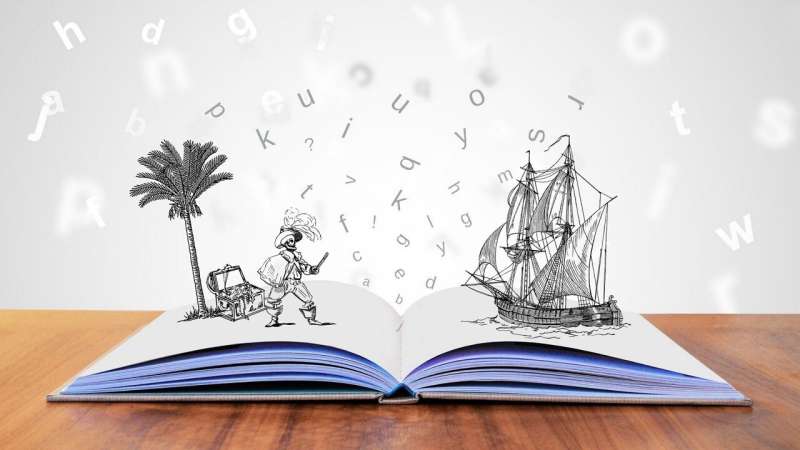Study Reveals Limitations of the Human Mind's Visual Imagination

A groundbreaking study reveals that the human capacity for visual imagination is limited compared to short-term visual memory, impacting decision-making and memory tasks.
Recent research conducted by psychologists at Nottingham Trent University sheds light on the true capacity of our visual imagination. Contrary to popular belief, our ability to generate detailed mental images isn't as extensive as the capacity of our short-term visual memory. The study, led by Dr. Christopher Atkin, demonstrates that while our visual memory can hold three to four items simultaneously, our imagination typically manages only two items before its accuracy diminishes.
The research involved over 150 participants across five experiments where individuals were asked to remember or imagine the locations of objects on a grid. The study carefully examined how accurately participants could detect changes in object positions under different conditions such as varying timings, cues, display types, and object complexities. Results revealed that even with additional time or simpler images, participants consistently imagined fewer items than they could remember visually.
This groundbreaking study, titled "The relation between the capacities of imagination and visual memory in the short term," published in the Journal of Experimental Psychology: Human Perception and Performance, provides the first direct comparison of these two faculties. It shows that seeing something—even briefly—provides our brain with sensory information that enhances memory, with estimates indicating that 17–35% of visual memory capacity depends on sensory input.
Dr. Atkin explains that because visual imagination lacks this sensory input, it is less capable of holding detailed images. This limitation has implications for everyday activities such as decision-making, following instructions, or recalling plans that rely heavily on mental imagery. Understanding the bounds of our mental visualization could influence how we approach learning, memory retention, and even certain cognitive therapies.
The study underscores that although imagination is a vital cognitive tool involved in predicting, navigating, and regulating emotions, its capacity is surprisingly limited. This insight invites further research into how sensory input influences memory and how individuals can optimize their mental visualization techniques.
Stay Updated with Mia's Feed
Get the latest health & wellness insights delivered straight to your inbox.
Related Articles
The Importance of Developing Culturally Specific Screening Tools for Eating Disorders in Indigenous Australian Youth
Research highlights the urgent need for culturally tailored screening tools to better diagnose and support Indigenous Australian youth affected by eating disorders, addressing current gaps in culturally appropriate mental health interventions.
Oxytocin Nasal Spray Enhances Mother-Child Contact in Postpartum Depression
New study reveals that oxytocin nasal spray can enhance positive interactions between mothers with postpartum depression and their infants, promoting bonding and emotional warmth.
Running as a Substance-Free Path to Support Addiction Recovery
Discover how running, a substance-free activity, can support addiction recovery by boosting mood, reducing cravings, and fostering community connection. A transformative approach for long-term recovery.



